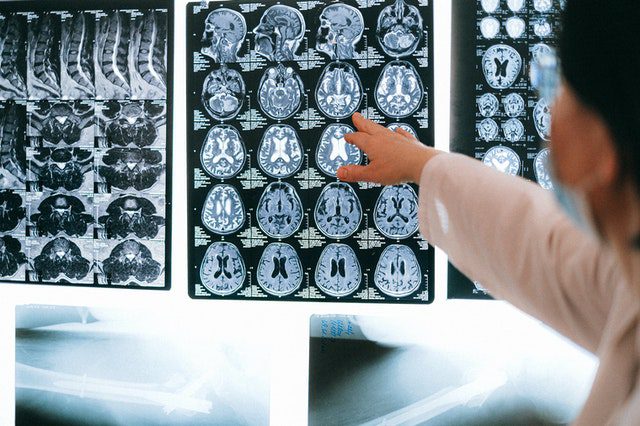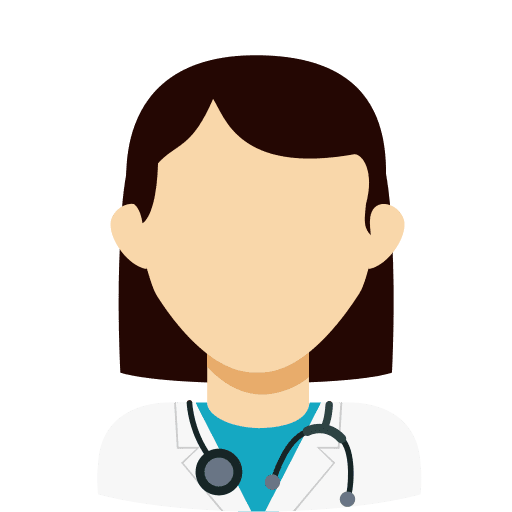A Cerebrovascular Accident (CVA), or stroke, is characterized by the blockage of blood flow to your brain. It can result from the rupturing of a blood vessel, or blockage of the brain’s blood vessels. It is a medical emergency requiring prompt management. Strokes are a leading cause of death around the globe, causing almost 195,000 worldwide deaths in 2016. In this article, we’ll discuss some of the common causes of strokes and what to do after it strikes.
3 Types Of Strokes
According to the Center For Disease Control, there are three different types of blockage strokes:
1. Ischemic
Ischemic stroke is a common type of stroke. It occurs when a blood clot gets lodged within and blocks the blood vessels in the brain. It leads to decreased blood flow (ischemia) to the brain. The brain then gets deprived of nutrients and oxygen. This is further classified into a thrombotic stroke (clot forms within the brain blood vessel) and embolic stroke (clot formed in other vessels travels and gets lodged in the brain’s blood vessels).
2. Hemorrhagic
Hemorrhagic strokes result when blood vessels in the brain ruptures and deprives the brain of blood and oxygen supply. The prevalence of a hemorrhagic is less compared to an ischemic. Nonetheless, hemorrhagics can also cause serious complications.
3. Transient ischemic attack
A transient ischemic attack (TIA) is also known as a mini-stroke. It results from the temporary blockage of blood in the brain vessels. It does not result in permanent brain damage and has similar signs and symptoms as that of acute stroke, a condition of sudden ischemia due to the blockage of blood to the brain and its tissues
Signs And Symptoms
Strokes can manifest with varying signs and symptoms. The brain is divided into two hemispheres, the right and left hemisphere. The right hemisphere of the brain manages the left side of the body and vice versa. This means that the impact of brain damage is seen on the opposite side of the body, so if signs and symptoms seen on the right side of the body indicate that a stroke has occurred in the left brain.
- Hemiplegia (paralysis of the affected side)
- Dysphagia (inability to swallow)
- Speech issues (slurred speech)
- Numbness/weakness of facial muscles (drooping of the face)
Causes Of Strokes
The three main common causes and risks associated are:
Atherosclerosis
Atherosclerosis is one of the most common causes that leads to an attack. Atherosclerosis is a condition where cholesterol and calcium plaque builds up inside the arteries. Plaque formation results in narrowing of the vessels compromising the blood flow in its respective vessels. Atherosclerosis of the intracranial carotid artery (major artery that supplies blood to the head and neck region) can lead to a stroke. Intracranial carotid artery atherosclerosis is a significant risk factor. Another study establishes that atherosclerotic lesions are markers for ischemic stroke. Aggregate of fats and lipids in the arteries are referred to as atherosclerotic lesions.
Hypertension
Hypertension (raised blood pressure values) is also a significant risk factor. In a study on risk factors, researchers found that ten risk factors controlled 90% of stroke cases. Out of these ten, hypertension was a major one. Raised blood pressure can rupture the blood vessel, leading to a hemorrhagic. Hypertension is identified as a significant risk factor. In other research conducted by the International Society of Hypertension, finds a strong link between hypertension and the recurrence of stroke hypertension is usually responsible for transient ischemic attacks.
High Levels Of Cholesterol In Blood
High consumption of saturated fatty acids and smoking can lead to high cholesterol levels (hypercholesterolemia) in the blood. An increased level of cholesterol (and LDL) is a significant risk factor for strokes.
What Do You Do After A Stroke?
A stroke is a medical emergency. We recommend you immediately consult your doctor or visit the emergency room. Medical professionals will administer several medicines, which may include antiplatelets, anticoagulants and anti-inflammatory drugs.
Once you have recovered from an acute attack, you should make lifestyle hanges to avoid recurrent attacks. These lifestyle changes can include:
- Maintain a normal value of blood pressure. Hypertension is associated with recurrence, so you should keep an eye on the blood pressure values and keep it within the optimal range
- Modify your diet, by quit eating saturated fats and foods rich in cholesterol. Give up processed foods and fatty meat. Consume more white meat and fish. Add loads of vegetables and fruits to your diet. Control your diabetes as it is linked to heart conditions
- Quit smoking and drinking alcohol
- Exercise regularly and maintain a healthy weight
An acute attack of stroke is the leading cause of death worldwide. Be it an ischemic or hemorrhagic, the effects are life-threatening and need immediate attention. High blood pressure, cholesterol and conditions like atherosclerosis are significant causes of disease. You can modify your lifestyle and diet to prevent a recurrence. Of course, prevention is always better than cure.








